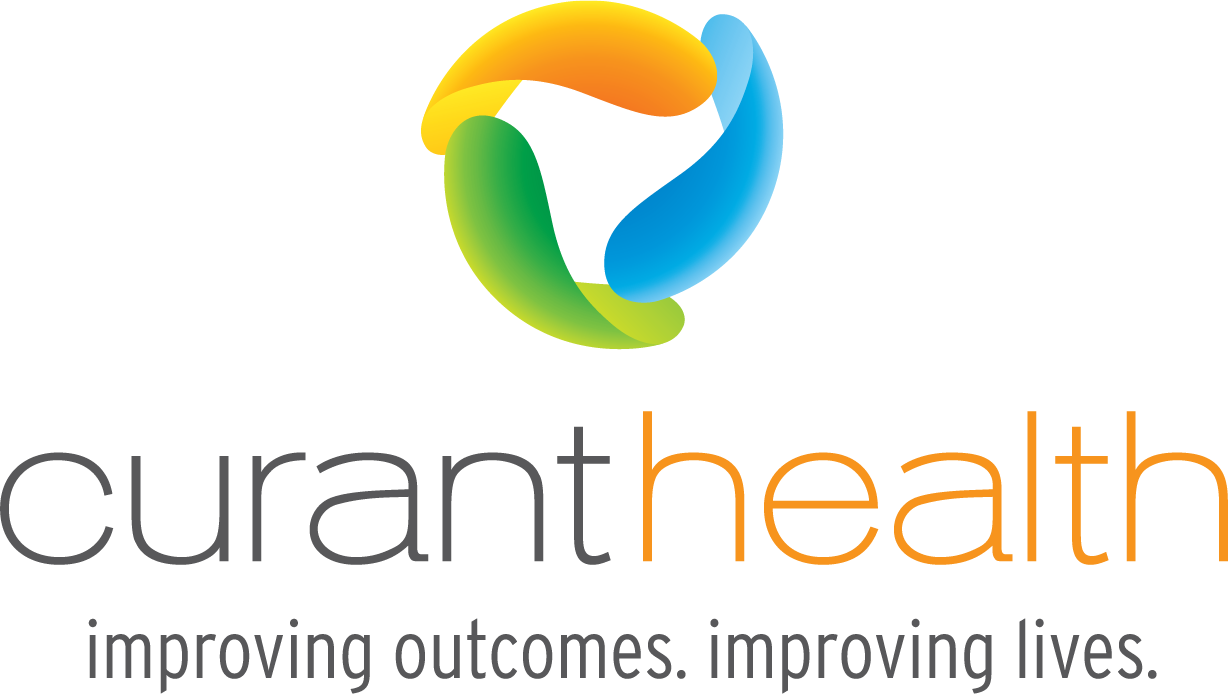January 30, 2018 – Curant Health Director of Clinical Services, Vickie Andros, PharmD, and Senior Director of Commercial Strategy & Performance, Jake Caines, in PharmExec.com.
Building awareness for life-changing pharmaceutical therapies is a primary focus of the brand team and is an activity at which brand teams are extremely adept. However, investments in activities that successfully build awareness and aspire to ultimately deliver positive patient outcomes frequently come up against immediate barriers to getting prescriptions filled. Increased brand awareness is of minimal benefit to the patient and manufacturer if prescriptions don’t make it through the pharmacy intact, or indeed from the pharmacy to the patient. This piece focuses on current barriers that prevent prescriptions for branded medications from getting from the provider through the pharmacy and to the patient, and it proposes several solutions for overcoming these barriers.
ePrescibing is a powerful tool but barriers to getting the first fill still exist
ePrescribing is on the rise and is a good thing for brand managers. This method significantly increases the odds that prescriptions reach the point of sale over dispensing handwritten prescriptions to patients. Pharmacies are motivated to ensure patients pick up their prescriptions, and many use text reminders or phone calls to increase the likelihood this happens.
A 2015 study published in the Perspectives in Health Information Management found that among older adults, 81.3 percent of the patients preferred electronic prescriptions to paper prescriptions, and 76 percent said their physicians sent their prescriptions to their local pharmacy electronically. Nearly 30 percent said ePrescribing improved their adherence to medication, and more than 60 percent said ePrescribing improved the care they received from their pharmacists.
Still, from the doctor to the pharmacy, there are a number of possible impediments to branded prescription fills:
- Prescription errors in strength and dosage.
- Drug-drug interaction or contraindication.
- Prior authorization or step edit requirements. While prior authorizations are intended to ensure high-cost therapies are used appropriately, manufacturers have limited ability to track prior authorization processes and progress.
- Generic substitution, lack of onsite inventory and non-formulary products.
From the pharmacy to the patient, things can also go wrong
Except for patients who receive prescriptions via home delivery, patients must show up at the pharmacy. It is commonly cited that 20 percent to 30 percent of medication prescriptions are never filled. The root causes of this are myriad and include:
- Financial: do patients have enough money to afford their co-pays/medications?
- Psychosocial: how are patients coping with stress, depression, homelessness?
- Lack of transportation: are patients able to get to the pharmacy?
- Polypharmacy: are patients filling medications at more than one pharmacy?
- Lack of education about the medication and its likely impact on the patient’s condition: do patients anticipate or experience unpleasant side effects?
- Stigma: do patients face stigma around their diagnosis that hinders them from getting the medications they need?
Any one of these causes can leave prescriptions unfilled or not taken as prescribed.
While no system or combination of systems can guarantee 100% fill rates, there are a number of solutions that can improve fill rates:
- Persistence and consistency in prescriber relationships
Click here to read the full article in PharmExec.com.
